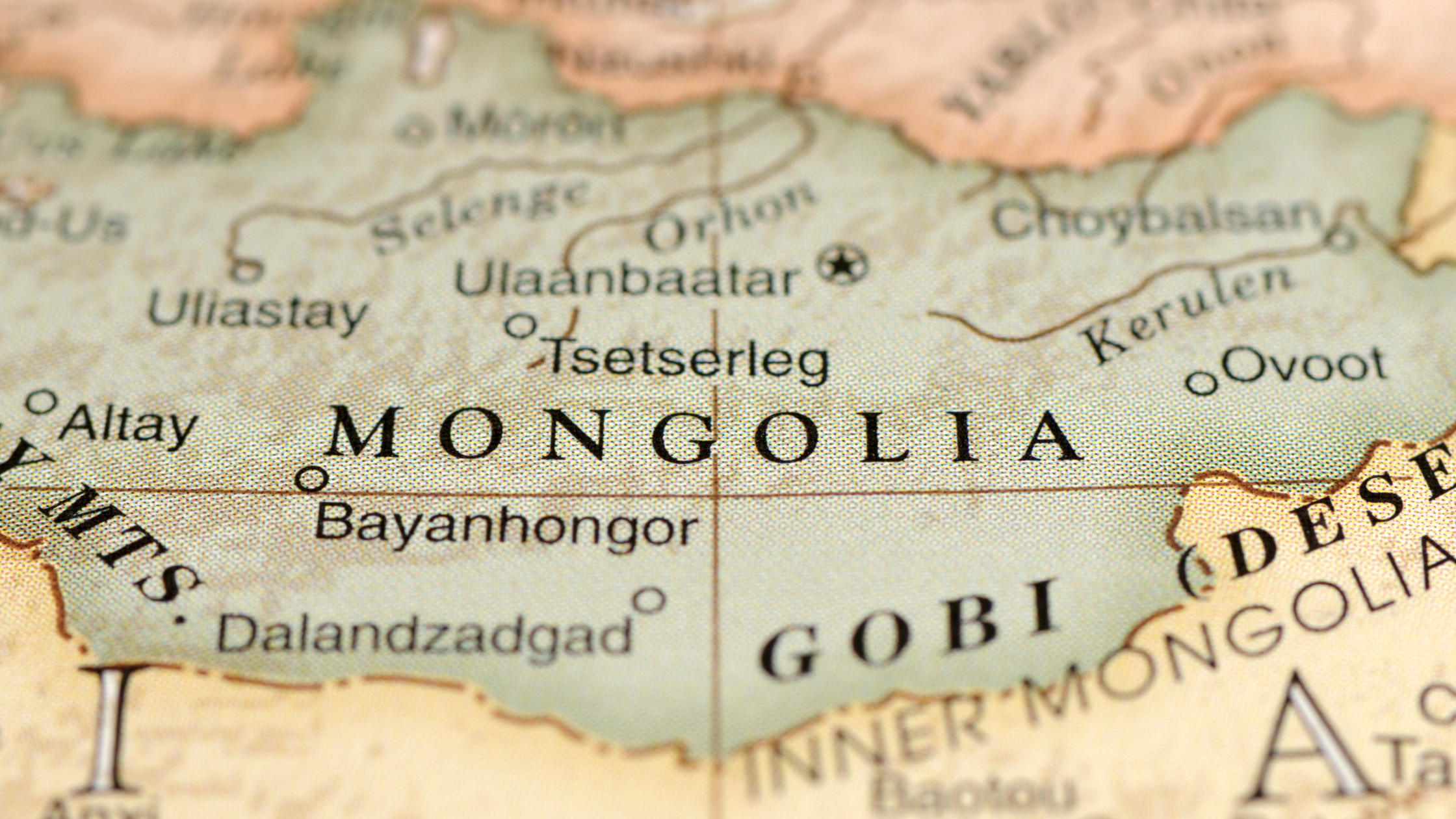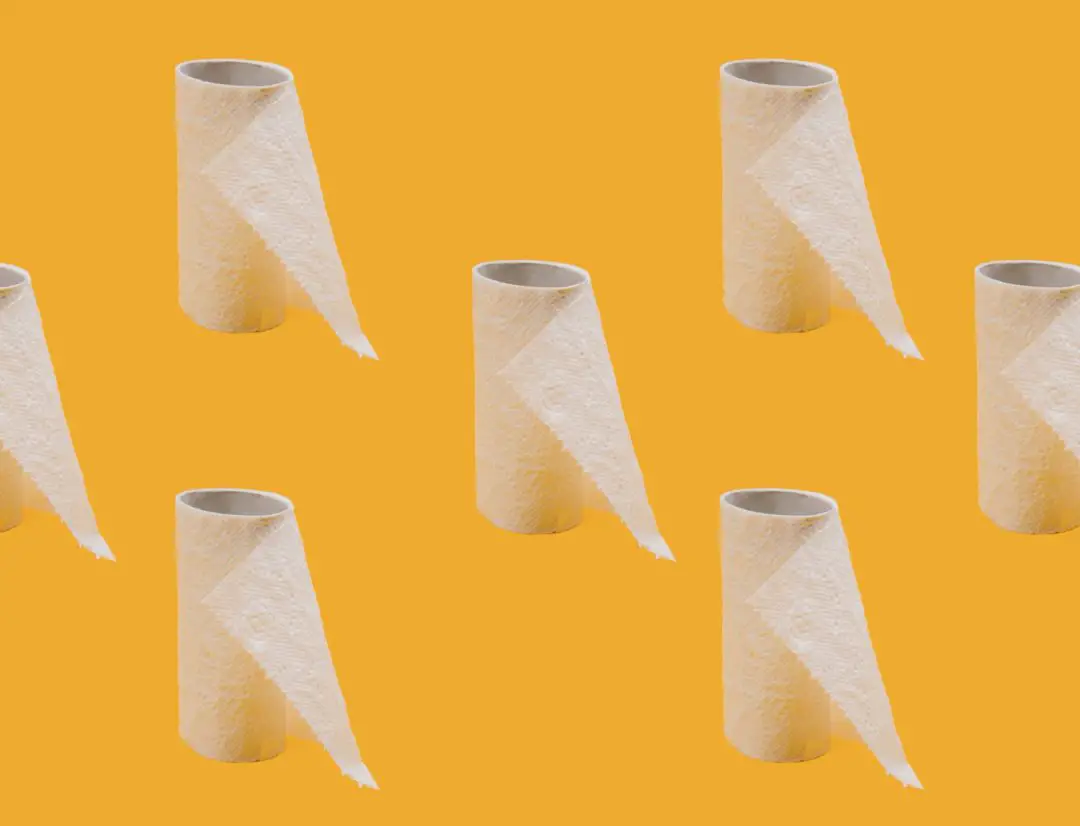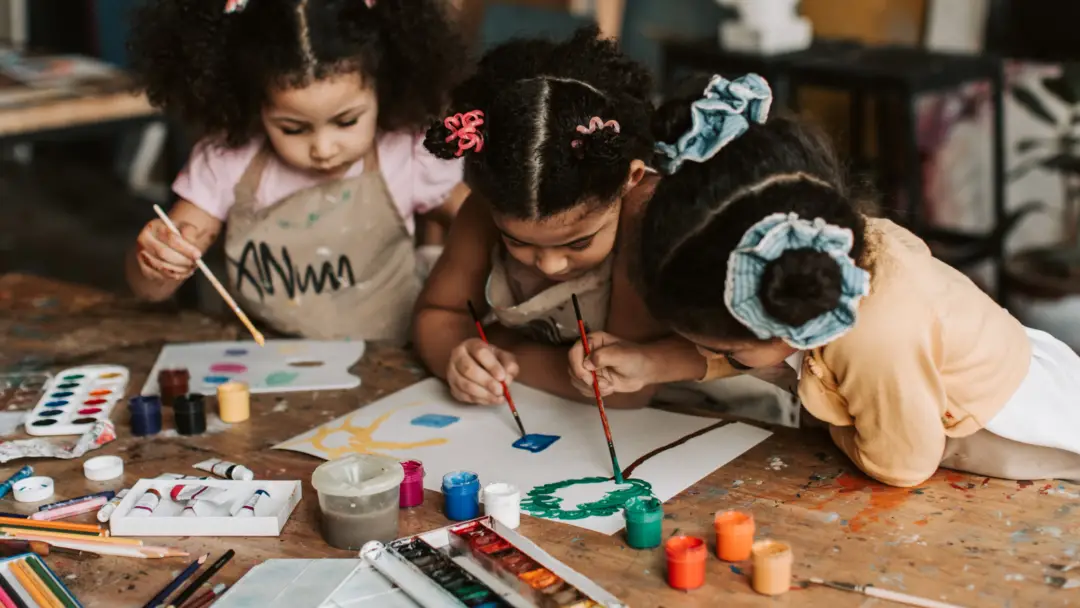When exploring the unique history and rich traditions of Mongolia, one quickly realizes the central role hobbies play in Mongolian culture.
Horse racing, archery, and wrestling are among the most celebrated pastimes, deeply rooted in the nomadic way of life.
These activities not only showcase the physical prowess of Mongolians but also highlight the nation’s storied customs and communal spirit.

Mongolia’s vast landscapes provide a stunning backdrop for a variety of outdoor hobbies.
You can experience the thrill of horseback riding through the steppe, or learn the ancient art of archery, both integral to Mongolian traditions.
For those interested in quieter pursuits, blogging and crafting are popular modern hobbies that combine cultural heritage with contemporary influences.
By immersing yourself in these traditional and modern hobbies, you gain a deeper appreciation for Mongolia’s unique cultural fabric.
Whether you’re drawn to the intense competitions or the reflective solitary activities, engaging with these pastimes offers a meaningful way to connect with the heart of Mongolian culture.
Historical Context of Mongolian Hobbies

Understanding Mongolian hobbies requires a look at the historical influences that shaped them. The Mongol Empire, nomadic lifestyle, and enduring ancient customs all play vital roles.
Legacy of the Mongol Empire
The Mongol Empire, founded by Genghis Khan in the early 13th century, left a significant mark on Mongolian culture and hobbies.
The empire’s vast territories facilitated the exchange of ideas, leading to diverse influences on leisure activities.
Military training was crucial, and skills such as archery and horseback riding became not just survival skills but recreational pursuits enjoyed even today.
Key Legacy Elements:
- Archery: Integral to Mongolian festivals like Naadam.
- Horseback Riding: Celebrated in both sport and daily life.
- Wrestling: Traditional sport reflecting ancient warrior ethos.
Influence of Nomadism on Leisure Activities
The nomadic lifestyle of the Mongolian people deeply impacts their leisure activities.
Constant movement required practical hobbies that could be easily integrated into daily nomadic life.
Traditional ger (yurt) living and herding were more than survival; they shaped communal activities and family traditions.
Leisure practices were often communal and utilitarian, supporting the pastoral way of life.
Nomadic Influences:
- Ger Crafting: Craftsmanship involving the building and maintenance of portable homes.
- Animal Husbandry: Caring for livestock, including competitive herding games.
- Oral Storytelling: Sharing epic tales around campfires.
Mongolian Traditions and Ancient Customs
Ancient customs in Mongolia intertwine with modern hobbies, preserving historical practices through time. The Xiongnu era and subsequent periods saw the emergence of cultural arts that remain prominent today.
Traditional Practices:
- Long Song: A unique form of Mongolian singing that requires immense skill and breath control.
- Horse-head Fiddle Music: Reflects the deep connection with horses and nature.
- Mongolian Dance: Incorporating deliberate movements that tell stories of everyday nomadic life.
Cultural Significance of Traditional Crafts

Traditional crafts in Mongolia are more than just artistic expressions; they are a vital part of the cultural heritage. These crafts reflect customs, history, and daily life.
Ger Building and Decoration
Building and decorating a ger, the traditional Mongolian dwelling, is a craft steeped in cultural importance.
The framework is often constructed from wood, while felt and canvas provide insulation. Decorated with intricate patterns and bright colors, the interior is not just aesthetically pleasing but also symbolic.
Traditional motifs often seen in ger decorations include animal symbols and geometric patterns, each representing aspects of Mongolian culture and beliefs.
Skills in ger building are passed down through generations, ensuring the preservation of this critical aspect of nomadic life.
Mongolian Art and Painting
Mongolian art and painting capture the country’s landscapes, history, and spiritual beliefs.
Artists frequently use natural dyes and traditional techniques to create vivid works. Subjects often include scenes from nomadic life, local wildlife, and religious motifs.
Buddhist influences are evident in many paintings, especially in thangkas—scroll paintings depicting deities and mandalas.
These pieces are not only decorative but are also used in religious practices, making them both artistic and functional.
The Art of Mongolian Calligraphy
Mongolian calligraphy is a revered art form that combines writing with aesthetic beauty.
Traditionally written in classical scripts such as the Mongolian script, Soyombo, and Hudum, each stroke must be executed with precision and grace.
Calligraphers often inscribe proverbs, poetry, and religious texts, imbuing each piece with cultural significance.
This craft is frequently showcased during ceremonies and is an essential part of Mongolian identity.
Outdoor Activities and the Mongolian Landscape

Explore Mongolia’s diverse outdoor activities, from the expansive steppes to the rugged Altai Mountains and the vast Gobi Desert, offering unparalleled opportunities for nature enthusiasts and adventurers alike.
Nature and Adventuring in the Steppes
Mongolia’s vast steppes are ideal for various outdoor activities.
Horseback riding is a traditional way to traverse these large expanses, letting you experience the landscape just as nomadic herders do.
Birdwatching is popular here too, with species like the demoiselle crane and saker falcon gracing the skies.
Cycling through the steppes offers a unique way to witness the lush plains and diverse wildlife.
The steppes also provide a great setting for photography, with endless horizons and dramatic changes in weather throughout the day.
Hiking in the Altai Mountains and Gobi Desert
For hiking enthusiasts, the Altai Mountains offer numerous trails that range from easy day walks to challenging multi-day treks.
These mountains feature breathtaking vistas and the chance to see rare wildlife like snow leopards and Siberian ibex.
The Gobi Desert, contrastingly, provides a unique hiking experience with its dunes, canyons, and fossil sites.
Known for its extreme climate, you can witness striking sunsets and explore ancient dinosaur bones in this vast desert.
Guided tours are advisable in both regions to navigate safely and maximize your experience.
Camping and Exploration in National Parks
Mongolia’s national parks, such as Hustai National Park, present excellent camping opportunities.
Hustai is famed for its successful reintroduction of the Przewalski’s horse and offers you the chance to see these animals in their natural habitat.
Terelj National Park is another great camping destination, known for its rock formations and scenic beauty.
Here, you can camp in traditional gers and participate in activities like rock climbing and river rafting.
These parks offer well-maintained campsites and often provide guided tours, making it easier for you to explore and appreciate the natural beauty and wildlife.
Sports and Physical Activities

Mongolia’s rich sports culture reflects both its historical roots and modern influences.
Traditional sports like wrestling, archery, and horse racing are deeply ingrained in the nation’s identity, while contemporary sports such as basketball and rugby are gaining popularity, especially among the younger generation.
Wrestling, Archery, and Horse Racing
These three sports are central to Mongolia’s Naadam festival.
Wrestling, known as “Bökh,” is a celebrated traditional sport with centuries-old customs. It features unique rituals, traditional attire, and is a display of strength and skill.
Archery is another significant sport, stemming from ancient times when it was used for hunting and warfare.
Competitors use traditional bows made from natural materials, and it requires precision and concentration.
Horse racing also holds a prestigious place.
Unlike Western-style races, Mongolian horse racing involves long-distance runs with young riders, highlighting the nomadic culture’s profound bond with horses.
Modern Sports Influence: Basketball and Rugby
Basketball is experiencing a surge in popularity among Mongolian youth.
Local leagues and school competitions are common, and you can frequently see young people playing in urban areas.
The sport provides an accessible and engaging way for teenagers and college students to stay active and compete.
Rugby is also becoming more popular, reflecting a growing interest in diverse sports.
Clubs and training facilities are emerging, enabling more people to participate.
Both sports offer new opportunities for physical activity and community engagement, broadening the landscape of Mongolian sports.
Traditional and Nomadic Sports Practices
Traditional sports practices remain vital parts of Mongolia’s cultural heritage.
Besides the main Naadam sports, other traditional activities include anklebone shooting and falconry, each rooted in the nomadic lifestyle.
Anklebone shooting, a precision game using sheep anklebones, showcases the intricate skills developed over generations.
Falconry, the use of trained birds of prey for hunting, directly ties to historical hunting practices on the steppe.
Mongolian Music and Performance Arts

Mongolian music and performance arts are integral to its cultural identity, often reflecting the country’s nomadic heritage and spiritual beliefs. Key elements include the stringed instrument morin khuur, throat singing, traditional dance, and the influence of Buddhism.
Morin Khuur and Throat Singing Traditions
The morin khuur is a traditional stringed instrument with a distinctive horse-head carving. It produces a deep, resonant sound that is central to many Mongolian musical compositions.
Alongside it is throat singing or “khöömei,” which uses harmonics to create multiple pitches simultaneously. This unique vocal technique captivates audiences worldwide and is often performed in conjunction with the morin khuur.
Together, they offer a mesmerizing experience that reflects the vastness of the Mongolian steppes.
Check out our full post of music hobbies for great musical instrument and music-adjacent hobby ideas…
Dance and Buddhism’s Influence on Music
Dance forms an essential part of Mongolian performance arts, often intertwined with Buddhist rituals. Traditional dances like the Tsam dance are not just performances but spiritual ceremonies.
Dancers wear elaborate costumes and masks, embodying various deities and spirits. Music accompanying these dances is rich with spiritual significance, utilizing instruments like cymbals, drums, and the morin khuur to create a ceremonial atmosphere.
This blend of dance and religion underscores the depth of Mongolia’s cultural and spiritual life.
Preservation of Heritage Through Performance
Maintaining these traditions is vital for preserving Mongolia’s cultural heritage. Cultural ensembles such as the Tumen Ekh Ensemble play a crucial role in this endeavor.
Their performances feature a blend of throat singing, morin khuur music, Buddhist rituals, and storytelling. These shows are more than entertainment; they are an educational experience, showcasing Mongolia’s rich history and cultural diversity.
By continuing to perform these traditional arts, ensembles help ensure that future generations understand and appreciate their cultural roots.
Festivals and Community Gatherings

Mongolia’s festivals and community gatherings offer a glimpse into the rich cultural landscape and traditions of its people.
From the vibrant Naadam Festival to deeply religious celebrations at Buddhist monasteries, these events play a crucial role in showcasing Mongolia’s nomadic lifestyle and community spirit.
Naadam Festival: Celebrating the Nomadic Spirit
The Naadam Festival, held annually from July 11 to 13, is Mongolia’s most famous celebration. This grand event highlights the “Three Manly Games”—wrestling, horse racing, and archery—which are deeply rooted in Mongolia’s nomadic culture.
You can witness displays of strength, skill, and endurance, along with colorful traditional costumes and ceremonies.
Naadam fosters a strong sense of national identity and unity among the Mongolian people. It also serves as an opportunity for families and communities to come together, reinforcing connections and shared heritage.
Religious Festivities and Buddhist Monasteries
Religious festivals in Mongolia hold significant importance, with many centered around Buddhist monasteries. One such event is the Khuree Tsam, a major religious festival where participants engage in sacred dances, rituals, and prayers.
These gatherings provide a profound spiritual experience and insight into the country’s religious traditions.
Buddhist monasteries, scattered throughout Mongolia, become focal points for these festivities. They draw locals and tourists alike, who seek to explore Mongolia’s spiritual heritage and connect with the deeply-rooted Buddhist practices.
Local Celebrations and the Spirit of Community
Beyond the major festivals, numerous local celebrations play a pivotal role in fostering community spirit.
Events like the Golden Eagle Festival in Bayan-Ulgii province, held every first week of October, are prime examples. Here, Kazakh eagle hunters demonstrate their skills, reflecting the unique traditions of western Mongolia.
These celebrations are opportunities for you to engage with local communities, learn about diverse customs, and experience the hospitality of the Mongolian people. They reflect the region’s deep connection to its history and traditions, offering a rich cultural tapestry for visitors and locals alike.
Living the Mongolian Way: Daily Hobbies and Pastimes

Living in Mongolia comes with a rich tapestry of daily hobbies rooted deeply in culture and tradition. Often, these pastimes reflect a bond with nature, hearty cuisine, and an enduring respect for knowledge and education.
Horseback Riding and the Equestrian Lifestyle
Horseback riding is not just a hobby in Mongolia; it’s an intrinsic part of life. You will see children learning to ride at an early age, mastering the skill as a rite of passage.
Horses play a critical role in transportation and herding, especially for nomadic tribes.
Participating in horseback riding events such as the Naadam festival, where riders compete in races spanning long distances, showcases the nation’s equestrian prowess. This practice links modern Mongolians to their historical roots as skilled horsemen. Experience the thrill of riding through the vast steppes, feeling a connection to the land and its history.
Food and Cuisine: Preparing Traditional Mongolian Dishes
Mongolian cuisine centers around meat, dairy, and grains, reflecting the nomadic lifestyle’s demands. Learning to prepare traditional dishes like buuz (steamed dumplings filled with meat) offers more than culinary skills—it connects you to a longstanding cultural tradition.
Meals often include aaruul, a type of dried curd, which is a staple of Mongolian diets. Preparing these dishes involves specific techniques passed down through generations.
Embracing Mongolian cuisine allows you to savor flavors that are hearty and warming, suited perfectly to the country’s harsh climate.
Check out our Huge List of Food Hobbies for more awesome food and cooking-related hobby ideas!
Reading and Educational Pursuits in Current Times
Reading and educational pursuits have become increasingly popular in Mongolia.
You might join a local book club, where members gather to discuss literature and ideas, fostering a sense of community and intellectual engagement.
Many Mongolians take pride in maintaining literacy and education, often encouraged from a young age. Writing and language learning are also common hobbies, reflecting a society that values knowledge.
Whether you delve into traditional Mongolian literature or contemporary works, these activities contribute to a well-rounded lifestyle. Engaging in reading and writing helps sustain cultural narratives and promotes continuous learning.
Frequently Asked Questions

Your understanding of Mongolian culture, history, and daily life can be enriched through various aspects such as traditional activities, historical evolution, and contemporary practices.
What are traditional Mongolian cultural activities?
In Mongolia, traditional cultural activities include horseback riding, archery, and wrestling. These are often showcased during the Naadam Festival, a major event that celebrates the country’s heritage.
The making and living in gers, traditional felt tents, is also a unique aspect of the nomadic lifestyle in Mongolia.
How has Mongolian culture evolved from the 1200s to modern times?
Mongolian culture has transitioned from the vast empire of Genghis Khan in the 1200s to a country that blends tradition with modernity. The influence of Buddhism, which became prominent in the 16th century, continues to shape the cultural landscape.
Modern Mongolia, while preserving its nomadic roots, has also embraced urbanization and technological advancements.
What are some notable aspects of Mongolian historical culture?
Mongolian historical culture is deeply rooted in the era of the Mongol Empire, known for its military prowess and expansive reach. Ancient monasteries, such as Erdene Zuu, provide insight into the spiritual and architectural heritage of Mongolia.
The oral storytelling tradition, featuring epic tales about heroes and gods, is also significant.
What is distinctive about Mongolia’s food culture?
Mongolia’s food culture is characterized by hearty, meat-based dishes. Dairy products, such as fermented mare’s milk (airag) and cheese, are staples in the Mongolian diet.
Traditional meals often include mutton and beef, prepared in various ways, including steamed dumplings (buuz) and noodle soups.
What are common forms of entertainment among Mongolians today?
Today, common forms of entertainment in Mongolia include watching traditional music and dance performances, participating in sports like horse racing and archery, and enjoying modern pass times like cinema and karaoke.
Urban areas, especially the capital Ulaanbaatar, offer a mix of traditional and contemporary entertainment options.
How do cultural traditions influence daily life in Mongolia?
Cultural traditions significantly influence daily life. This is especially true in rural areas where nomadic practices are prevalent.
The use of gers as homes, herding livestock, and community events rooted in tradition shape the everyday experiences of many Mongolians. Even in urban areas, festivals and national holidays continue to reflect traditional customs and values.





